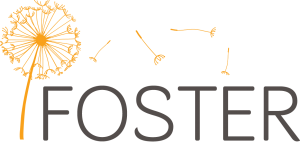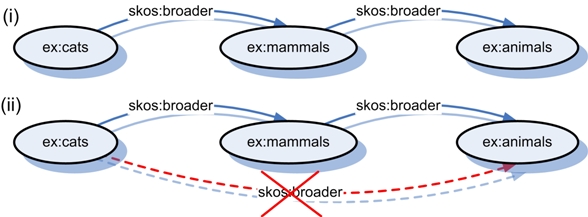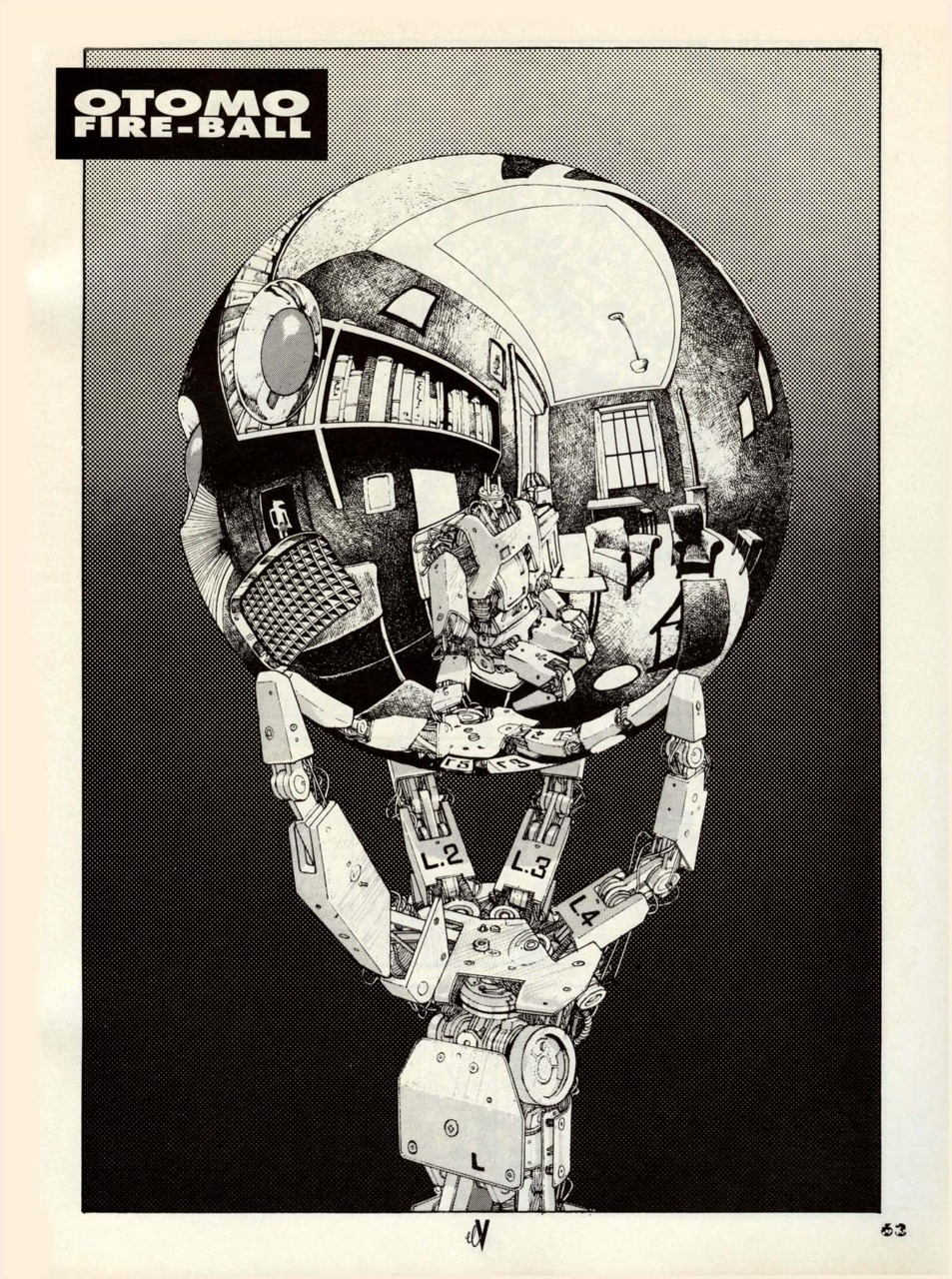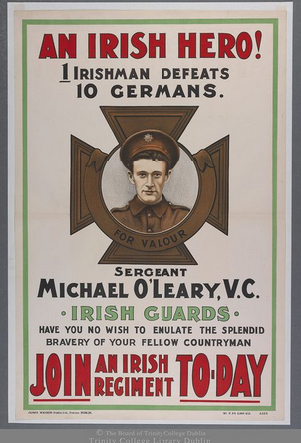Linked Data & the Semantic Web—Making Human Knowledge Programmable
 "Linked Data & the Semantic Web" by Alexander O'Connor is licensed under a Creative Commons Attribution 4.0 International License.
"Linked Data & the Semantic Web" by Alexander O'Connor is licensed under a Creative Commons Attribution 4.0 International License.
- Markup
- Querying & Exploring
- Hosting
45 minutes is actually not a long time to discuss the semantic web. What I'm going to try and focus on is the practical aspects in three areas:
- marking up documents and designing
- querying linked data online
- hosting linked data
I gather most of the audience is at least familiar with the basic concepts. I will therefore only speak about them briefly. I hope to make this a pretty hands-on experience, you can follow the talk at the link above. The slides should be online, and several examples are linked. I would greatly appreciate any feedback, so be sure to hit the Github Repo for the talk! In particular I will want to cover the notions of best-practice, openness and hopefully something that you can use.
"My centre is giving way, my right is in retreat, situation excellent. I attack." ― Ferdinand Foch
Taking Marechal Foch's sentence as an example, what might we want to do to provide context?
- Battle of the Marne & military terms
- Irony
- Who is Foch?
- quote
- translation

Sowa, J.F. Ontology, Metadata, and Semiotics
When humans read a piece of text, what they are doing is looking at labels which they translate into concepts. We have the concept of the Triangle of reference. There's a thing, we have a conceptualisation of that thing, and we communicate that with a symbol. There's lots of complexity there in reconciling the three.
Adhesive bindings, Caoutchouc bindings, Backless bindings, Boards, Edges of binding boards, Bevelled edge boards, Square edge boards, Hemp boards, Pasteboard, Wooden boards, Mauchline ware bindings, Case bindings, Circuit edges, Dos-à-dos bindings, Flap bindings, Girdle books, Guard books, Limp bindings, Mechanical bindings, Comb bindings, Spiral bindings, Non-adhesive bindings, Tacketed bindings, Tucks, Wrappers, Cloth wrappers, Printed wrappers, Vellum wrappers, Yapp style bindings
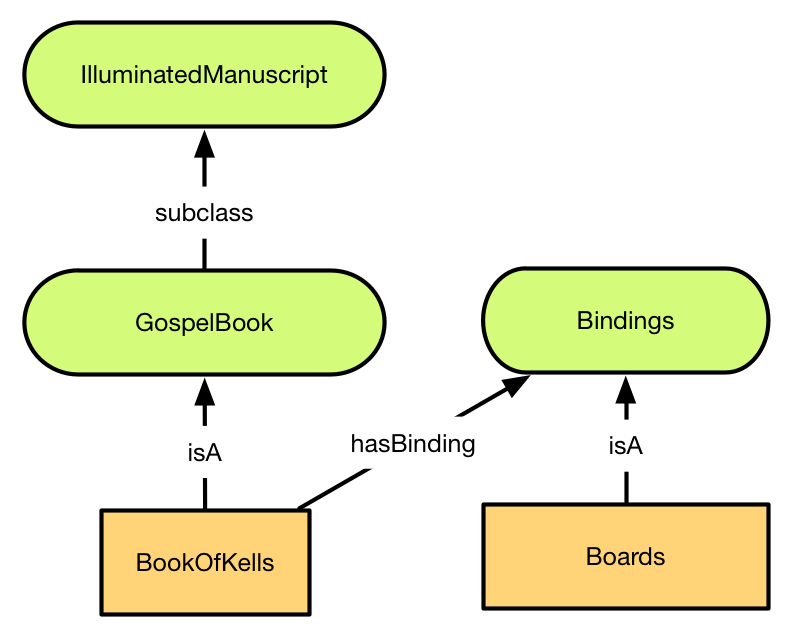
Common Understanding
- Vocabulary:
Set of Terms - Taxonomy:
Terms & Concepts & Relationships - Ontology:
Terms & Concepts & Relationships & Data
Subject—Predicate—Object
| Year | City | |
|---|---|---|
| i | 1978 | Kraków |
| ii | 2005 | Munich |
| iii | 2013 | Buenos Aires |
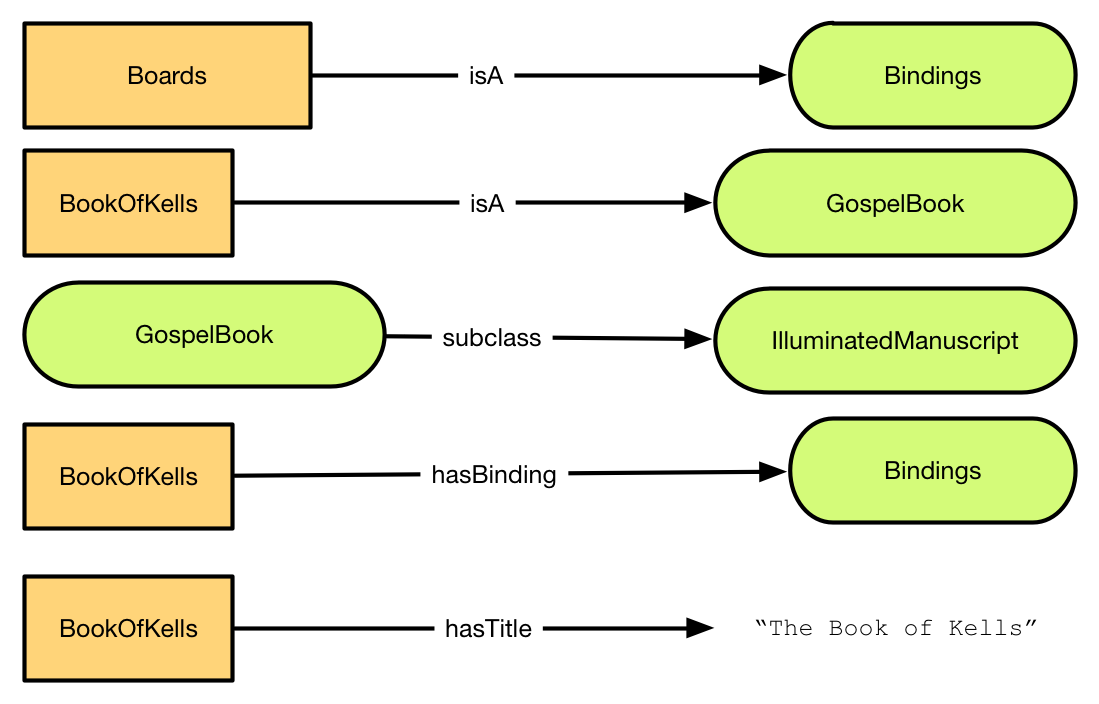
Schema
- Class: a group of instances with common properties
- An individual is a class
- Individuals have properties with values

OWL—Web Ontology Language
- Classes can have rich semantics.
- Reasoning using OWL allows creation of new knowledge.
- Don't re-invent RDF:Wheel!
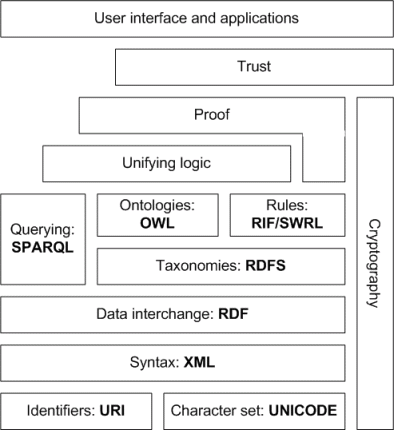
have a notion of semantics, but how do we actually use that to improve what we have?
What to enrich and how?
add metadata, add context, add facts, resolve ambiguities, mark linguistic factors, licensing, etc etc?| PapyrusCase55_041 | Title: | An Irish hero! 1 Irishman defeats 10 Germans |
| Name(s): | Great Britain. Army. | |
| Department: | Early Printed Books, Trinity College Library, Dublin | |
| Item No.: | EPB Papyrus Case 55b | |
| Collection title: | World War I Recruiting Posters | |
| Is part of: | World War I Recruiting Collection | |
| Digital No.: | PapyrusCase55_041 | |
| Abstract: | World War I Recruiting Collection: These posters and leaflets were issued by the British Army in Dublin during the war. | |
| Type of work: | posters | |
| Dimensions: | 78 x 53 cm | |
| Material: | paper (fiber product) colored ink | |
| Subjects: |
| |
| Publisher: | James Walker | |
| Copyright: | Copyright 2012 The Board of Trinity College Dublin. |
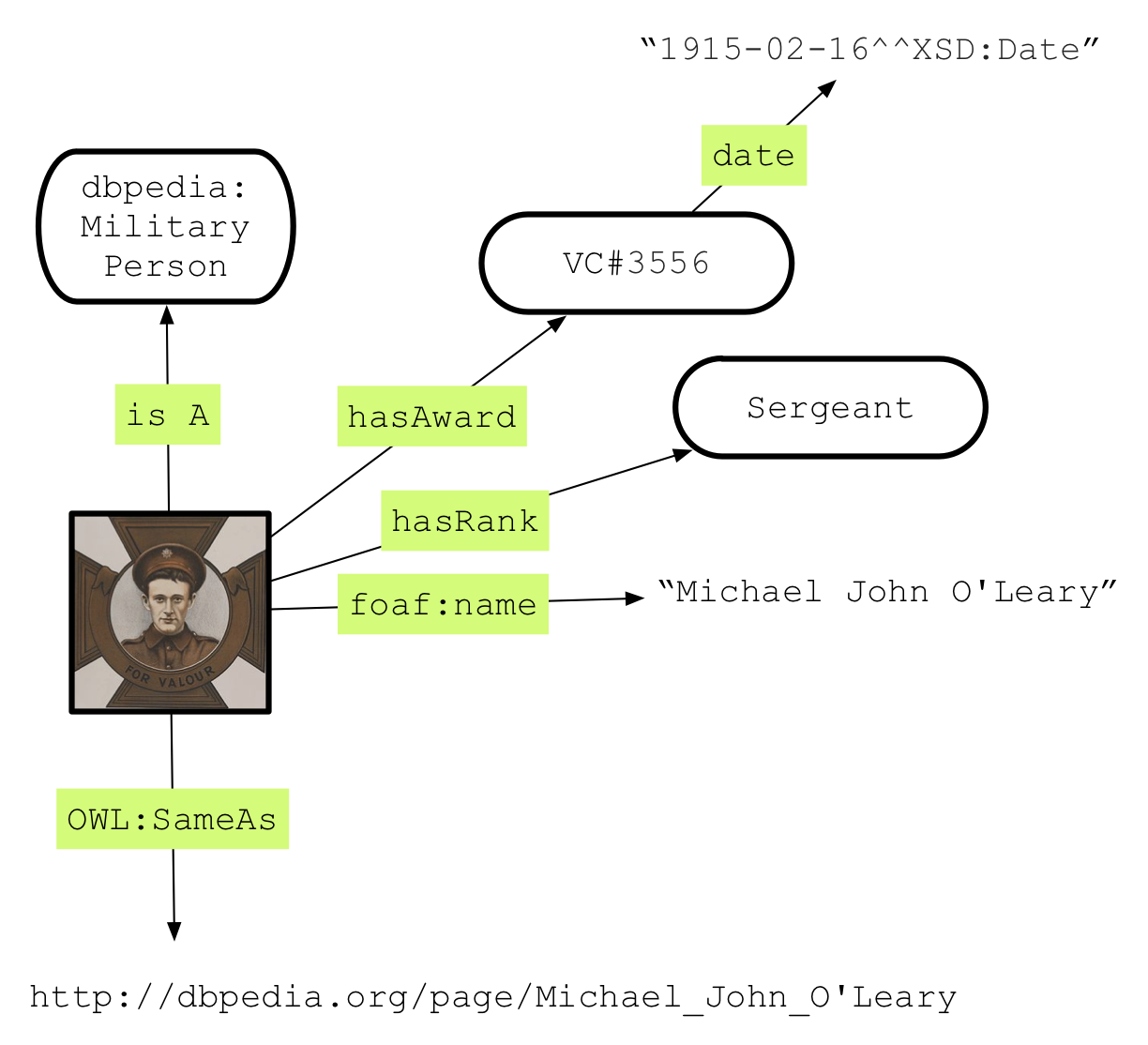
@prefix dbpedia: http://dbpedia.org/resource
@prefix ex: http://www.example.com/
ex:Michael_John_O'Leary is a dbpedia:Military_Person.
ex:Michael_John_O'Leary ex:hasAward ex:VC3556.
ex:Michael_John_O'Leary ex:hasRank ex:Sargeant.
ex:Michael_John_O'Leary foaf:name "Michael John O'Leary".
ex:Michael_John_O'Leary OWL:sameas dbpedia:Michael_John_O'Leary.
ex:VC3556 ex:hasDate "1915-02-16^^XSD:Date".
Major
Michael John O'Leary
VC
(29 September 1890 – 2 August 1961)
was an Irish recipient of the Victoria Cross, the most prestigious award for gallantry
in the face of the enemy that can be awarded to British and Commonwealth forces.
http://en.wikipedia.org/wiki/Michael_John_O%27Leary
<p vocab="http://schema.org/" typeof="Person">
<span property="honorificPrefix">Major</span>
<span property="name">Michael John O'Leary</span>
<span property="award">VC</span>
(<span property="birthdate">29 September 1890</span>
– <span property="deathdate">2 August 1961</span>)
was an Irish recipient of the Victoria Cross, the most prestigious award for gallantry
in the face of the enemy that can be awarded to British and Commonwealth forces.
<span property="sameAs">
<a href="http://en.wikipedia.org/wiki/Michael_John_O%27Leary">
http://en.wikipedia.org/wiki/Michael_John_O%27Leary
</a>
</span>
</p>
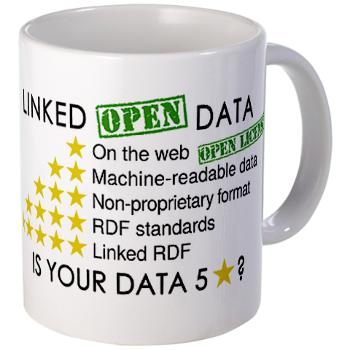
Just get it online, whatever it is
What data do we have?
- CSV
- JPG
- XML
- TXT
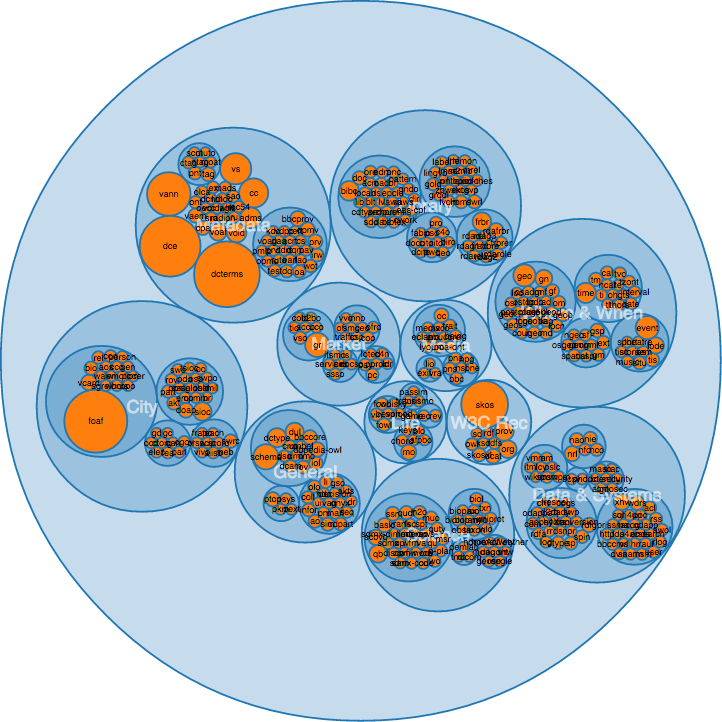
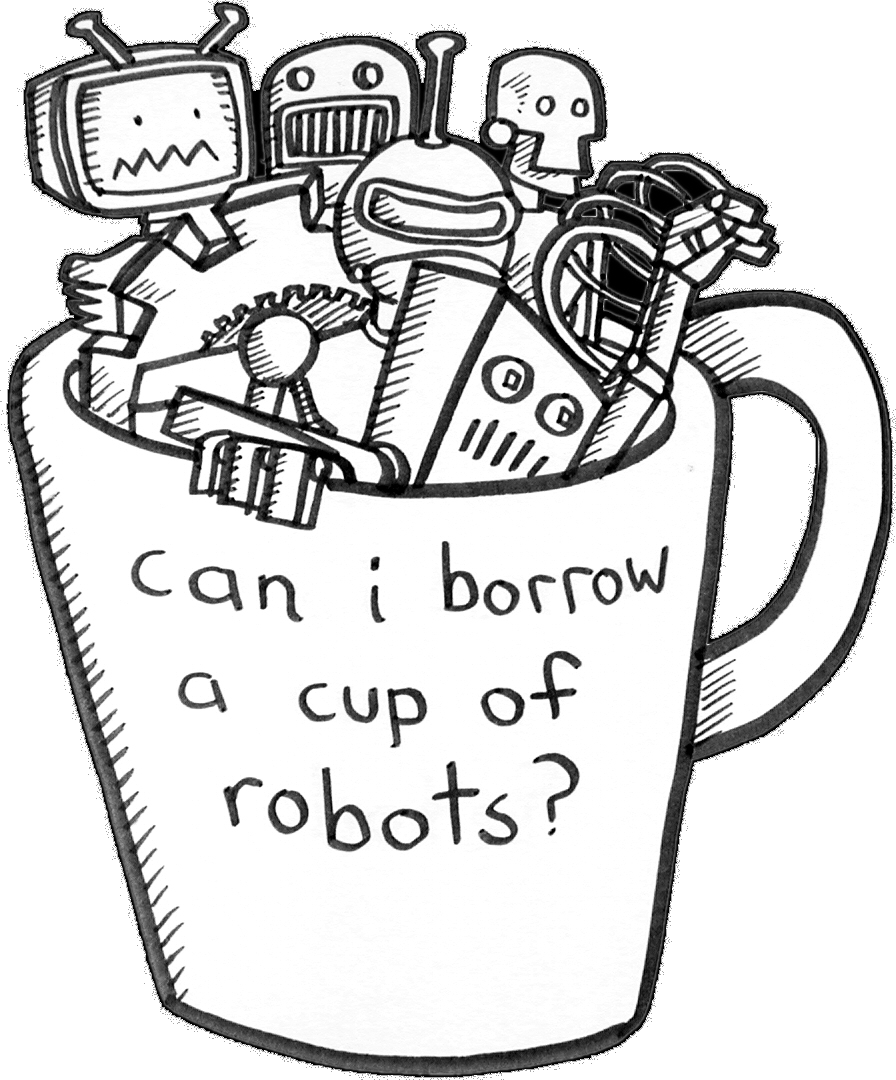
- Five-star Data
- Endpoint Availability
- Documentation
- Provenance
- Licensing


